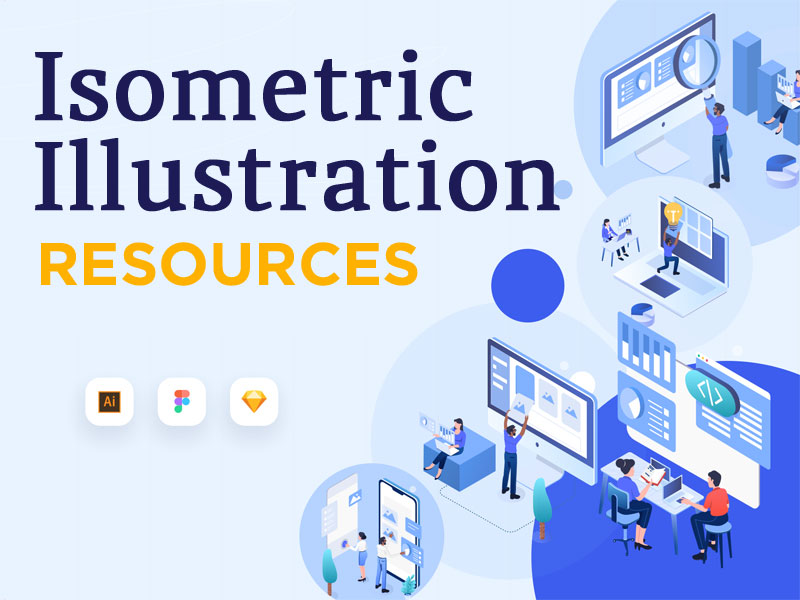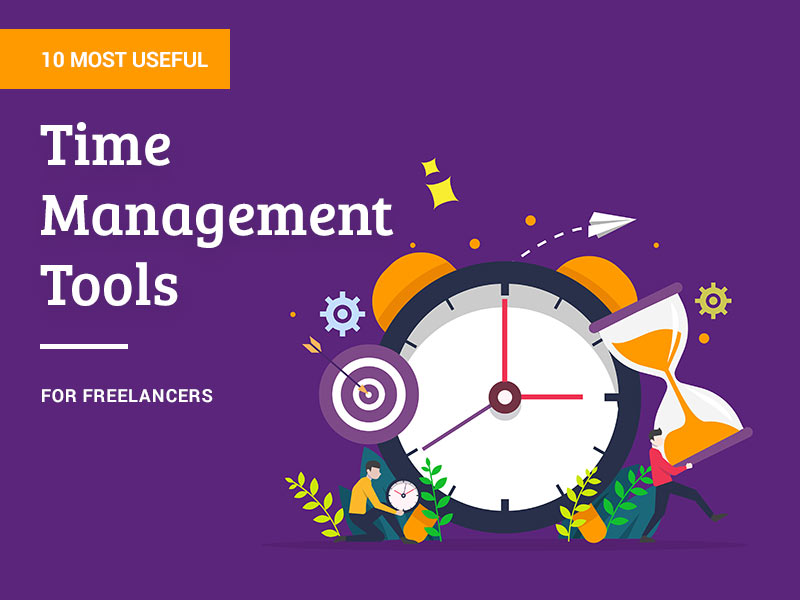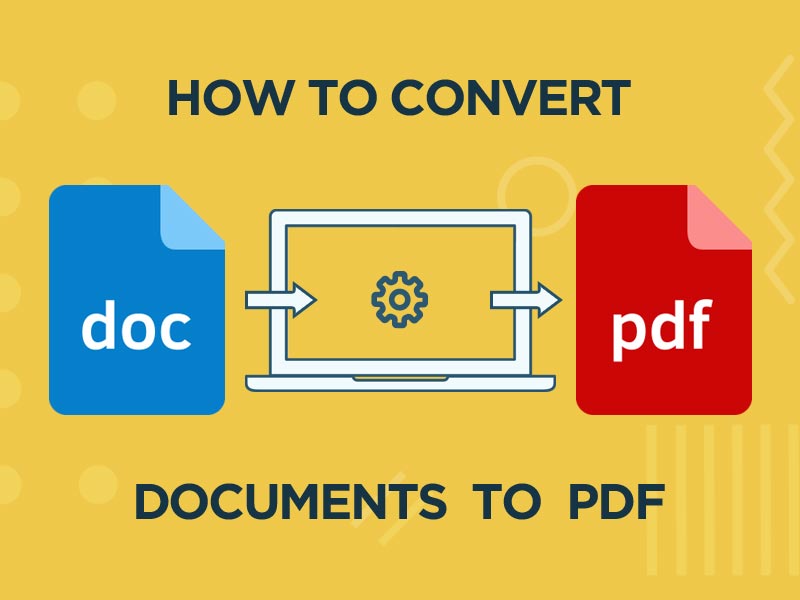Are you in search of a fresh approach to enhance collaboration with your team?
We’ve got you covered.
The internet is full of tools that promise to make collaborating with your team easier, but they can be overwhelming and confusing. That’s why we’ve put together this list of the top 7 team communication tools.
You’ll see what each tool does, what makes it unique, and how it can help your team work better together.
The list of best team communication tools
RingCentral MVP
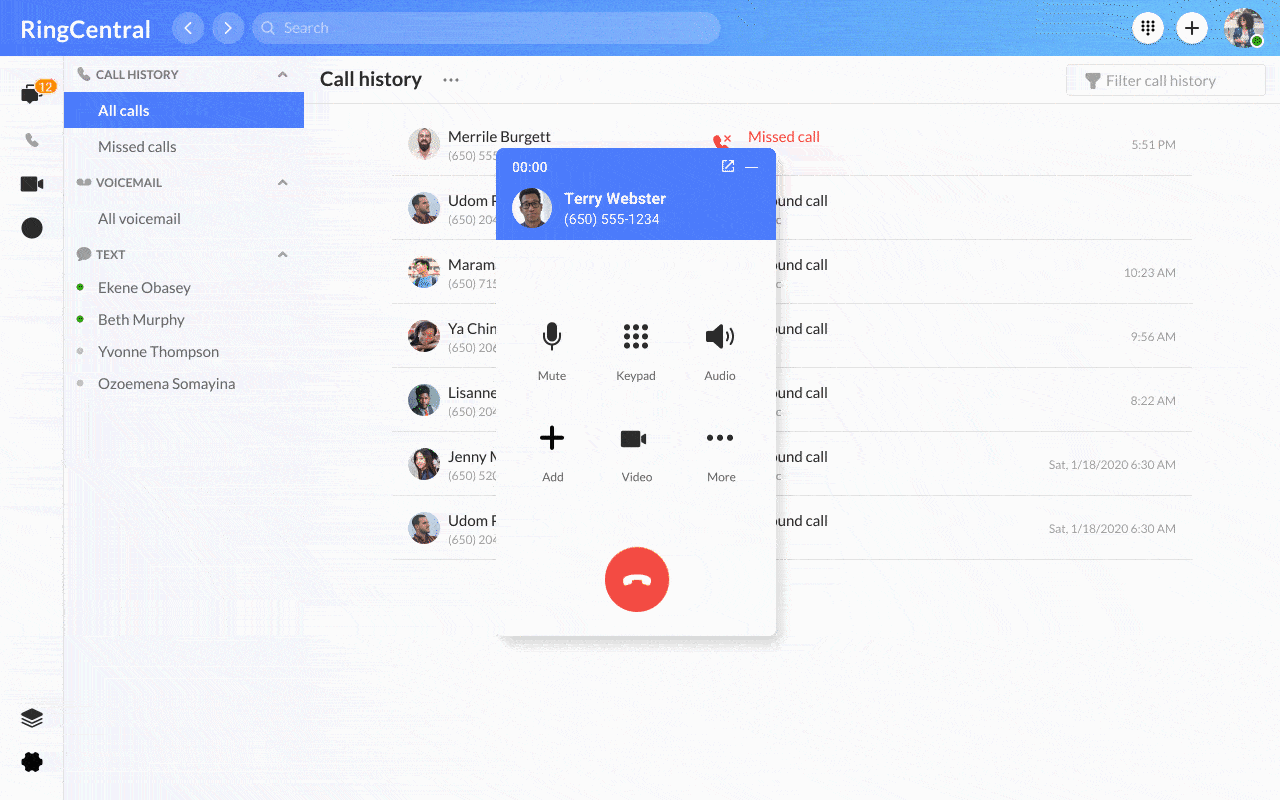
Let your teams communicate the smart way. With RingCentral, you can call, message, meet, and more in a trustworthy unified communications platform accessible across all your devices. Collaborate effortlessly with RingCentral’s robust features such as file sharing, eFax, breakout rooms, and more to let you complete your tasks efficiently. You can even migrate your traditional PBX system to the cloud and set it up with little to no IT help.
What makes it unique:
RingEX Business Phone and Messaging is not your usual communication tool. You get to enjoy AI-powered features and automation, such as real-time analytics, in every device the app is installed. Rest easy knowing you have enhanced security for your conversations with end-to-end encryption that meets global security and privacy standards. Additionally, you can sync more than 300 apps and integrations including Microsoft Teams, and build custom APIs to seamlessly integrate RingCentral into your workflows.
How much does it cost:
RingCentral offers different plans and pricing based on the needs of each client from businesses of all sizes. You can choose to pay annually or monthly with volume discounts for those who have more than 50 users available. Discover which package works for you. You can start with RingCentral’s Core package with $20 per user per month. The Advanced package is at $25 per user per month, and for the Best Value, try their Ultra package, at $35 per user per month to get unlimited enterprise-grade video, messaging, recording, and business analytics. For customized packages, you can contact RingCentral’s sales team to learn more.
Microsoft Teams
What it does:
Microsoft Teams is a collaboration platform that allows teams to communicate, collaborate, and work together effectively. It provides a centralized hub where team members can chat, have audio and video meetings, and share files and documents in real-time. With its integration with other Microsoft tools like Office 365, Teams offers a comprehensive solution for team collaboration and productivity.
What makes it unique:
One of the standout features of Microsoft Teams is its deep integration with the Microsoft ecosystem. Teams seamlessly integrate with popular applications like Word, Excel, and PowerPoint, allowing team members to collaborate on documents directly within the platform. Additionally, Microsoft Teams can also be combined with Slack making it a versatile and all-encompassing tool for collaboration. The Microsoft Teams Slack Integration provides an opportunity to combine the strengths of both platforms. Leveraging the rich collaboration features of Teams and the real-time messaging capabilities of Slack, resulting in a comprehensive experience for virtual teams.
How much does it cost:
Pricing for Microsoft Teams can vary based on the chosen plan and licensing options. Microsoft offers a range of plans, including free and paid options. Among the paid plans are “Microsoft Teams Essentials,” priced at $2 per user per month, “Microsoft 365 Business Basic,” available at $3 per user per month; and “Microsoft 365 Business Standard,” offered for $10 per user per month.
Slack

What it does:
Slack is a messaging and collaboration platform that simplifies team communication and collaboration. It provides a centralized space for sending messages, sharing files, and working on projects.
What makes it unique:
Slack stands out with its channel-based organization, enabling focused discussions and keeping conversations organized. Its real-time messaging feature allows instant discussions and quick decision-making. Slack also offers extensive integration capabilities, allowing teams to customize the platform to their specific needs.
How much does it cost:
Slack offers different pricing plans to cater to different team sizes and needs. They have a free version that provides basic features and paid plans starting at $7.25 per user per month for the “Pro” plan (when billed annually) and $12.50 per user per month for the “Business” plan (when billed annually).
Zoom
What it does:
Zoom is a video conferencing and online meeting platform that enables teams to connect, collaborate, and communicate remotely. It provides high-quality video and audio communication, screen-sharing capabilities, and virtual meeting rooms where team members can join from different locations. Zoom offers a range of features to facilitate virtual collaboration and enhance team communication.
What makes it unique:
One of the unique aspects of Zoom is its ease of use and user-friendly interface. It allows for seamless joining of meetings with just a click, without requiring participants to create accounts or go through complex setup processes. Additionally, Zoom provides various interactive features like virtual backgrounds, breakout rooms for smaller group discussions, and the ability to record meetings, making it a versatile and engaging platform for team collaboration.
How much does it cost:
The pricing for Zoom varies depending on the type of subscription and the number of hosts or participants. Zoom offers different plans, including a free version with limited features. For paid plans, the “Pro” plan starts at $14.99 per host per month, the “Business” plan starts at $19.99 per host per month, and the “Enterprise” plan requires a custom quote.
Trello
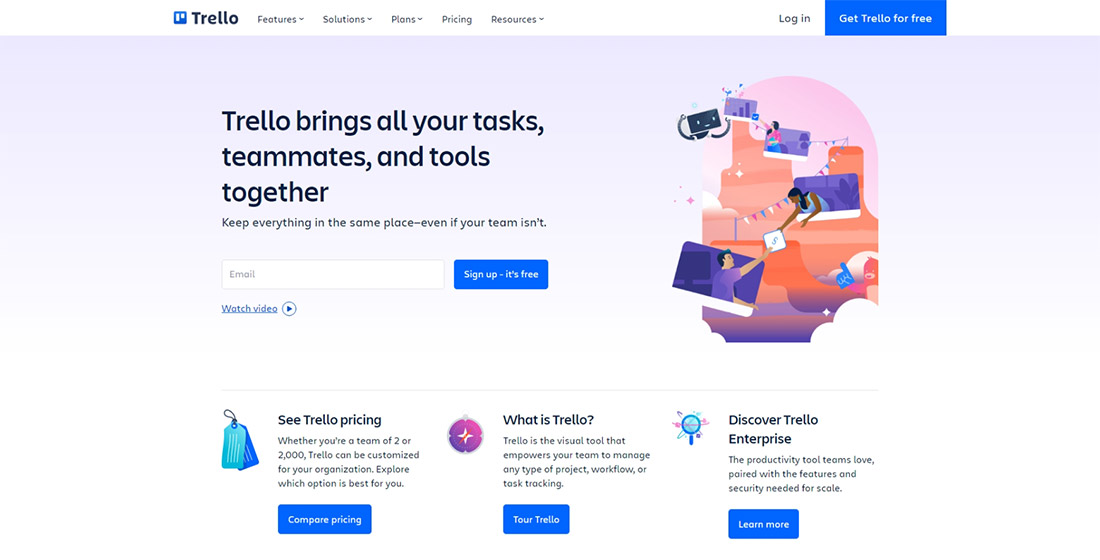
What it does:
Trello is a project management tool that helps teams organize and collaborate on projects. It provides a visual and intuitive interface where teams can create boards, lists, and cards to track tasks, assignments, and progress. With Trello, teams can easily manage their projects and keep everyone on the same page.
What makes it unique:
One of Trello’s key features is its flexible and customizable board system. Users can create boards for different projects or workflows, and within each board, they can create lists and cards to represent tasks and subtasks. This visual representation makes it easy to visualize the project’s progress and identify bottlenecks or areas needing attention.
How much does it cost:
Trello offers a range of pricing options to accommodate different team sizes and needs. They provide a free plan with basic features, as well as paid plans such as “Trello Standard” and “Trello Business Class,” which offer additional functionality and advanced features. The pricing for Trello’s paid plans starts at $5 per user per month for the “Trello Standard” plan and $10 per user per month for the “Trello Premium” plan when billed annually.
Ruttl
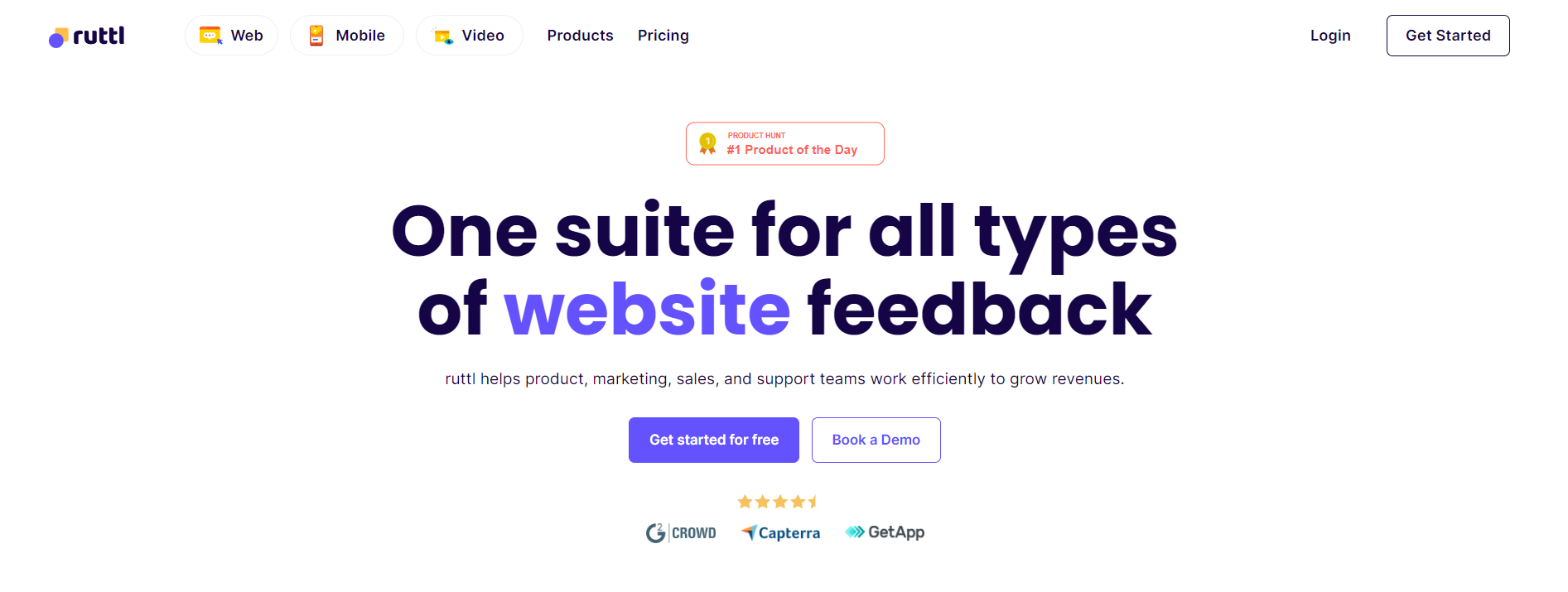
What it does:
The fastest website feedback tool that allows you to leave comments on a live website and make real-time edits so you can give precise change values to the developers. You can also review mobile apps and have live chat with your website visitors. ruttl has streamlined the entire process of giving web design feedback and has become the favourite go-to design feedback tool for designers, developers, and agencies worldwide!
What makes it unique:
Ruttl stands out from other website design collaboration tools by offering real-time edits on live websites, enabling simultaneous work and feedback, facilitating versioning and contextual comments, integrating with popular project management tools, and boasting a user-friendly interface. Overall, it streamlines communication, clarifies feedback, speeds up approvals, and increases team productivity.
How much does it cost:
Ruttl offers different pricing plans, including a free version with limited features. For additional functionality, they have paid plans such as the “Pro” plan, which starts at $4 per user & the “Team” plan, which starts at $12 per user.
Loom
What it does:
Loom is a video messaging and screen recording tool that allows users to create and share videos quickly and easily. It enables users to record their screens, webcam, or both and instantly share the videos with their team.
What makes it unique:
Loom stands out with its simplicity and convenience. It offers a seamless recording experience and provides a variety of annotation and editing features to enhance videos. Loom’s unique feature is its ability to generate a shareable link that allows viewers to watch the video without requiring them to download any additional software.
How much does it cost:
Loom offers different pricing plans, including a free version with limited features. For additional functionality, they have paid plans such as the “Business” plan, which starts at $12.50 per user per month when billed annually.
Flock
What it does:
Flock is a team communication and collaboration platform that brings together messaging, video conferencing, and productivity tools in one place. It allows teams to communicate, share files, and collaborate on projects effectively.
What makes it unique:
Flock stands out with its user-friendly interface and intuitive features designed specifically for team collaboration. It offers features like shared to-do lists, polls, reminders, and integrated apps to streamline workflows and enhance productivity.
How much does it cost:
Flock offers both free and paid plans. The pricing for paid plans starts at $4.50 per user per month when billed annually for small teams, and they also have custom enterprise pricing for larger organizations.
Asana
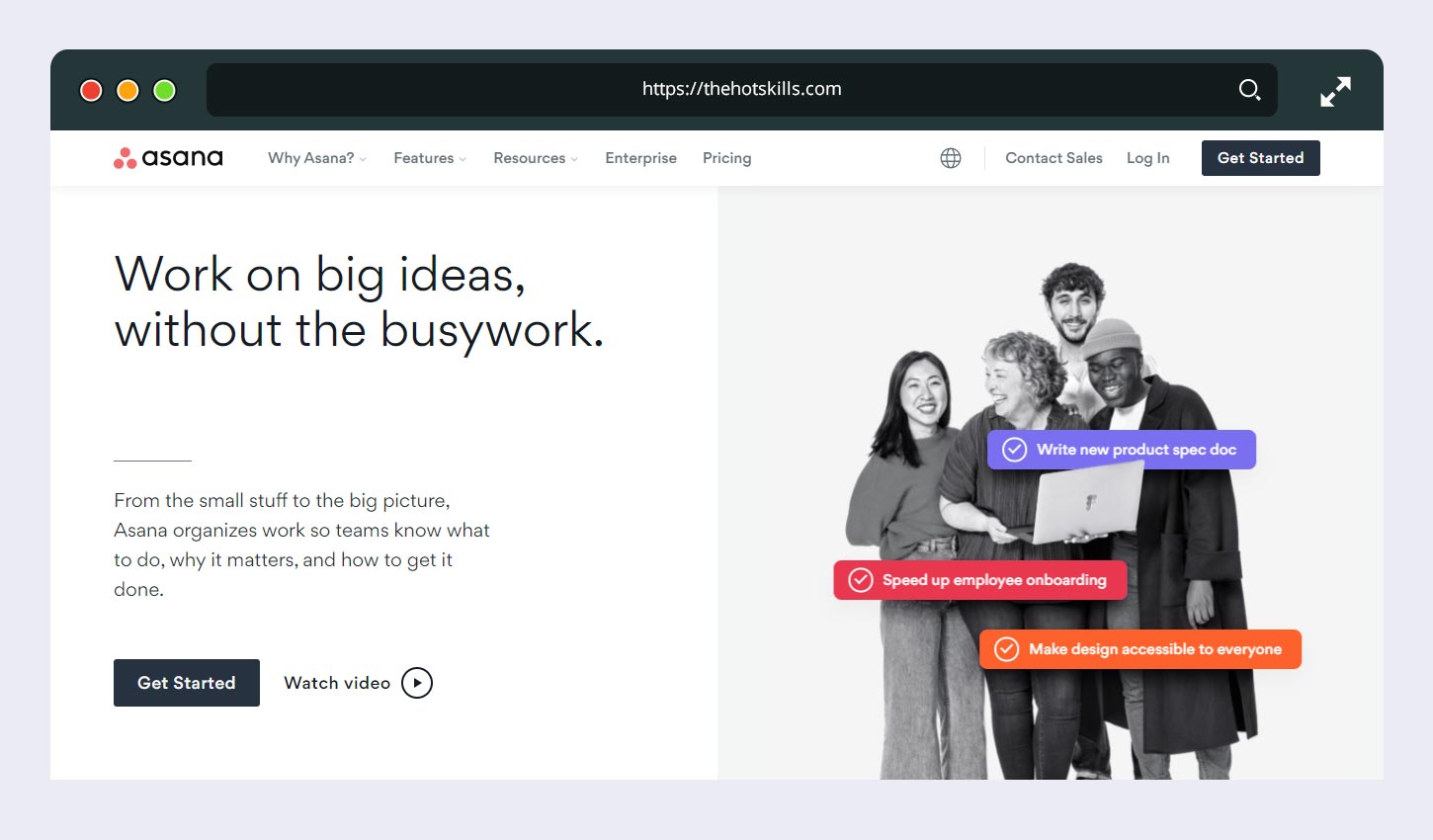
What it does:
Asana is a project management tool that helps teams organize, track, and manage their work. It provides a centralized platform where team members can create tasks, set deadlines, assign responsibilities, and track progress. Asana offers various features to streamline project management, including task lists, calendars, and customizable workflows.
What makes it unique:
Asana stands out with its intuitive and user-friendly interface, making it easy for teams to get started and collaborate effectively. It offers a wide range of integrations with other tools, allowing teams to connect Asana with their preferred productivity apps. Asana also provides advanced features like dependency tracking, timeline view, and project templates, enabling teams to plan and execute their projects with ease.
How much does it cost:
The pricing for Asana varies depending on the plan you choose and the number of users in your team. Asana offers a few different pricing options, including a free version with basic features. For the paid plans, the “Premium” plan starts at $10.99 per user per month when billed annually, and the “Business” plan starts at $24.99 per user per month when billed annually.
Choose Your Team Communication Tools Wisely!
The key to successful collaboration lies in selecting the right team communication tools that align with your team’s needs and workflows. It’s not about using every available tool but rather about carefully choosing the ones that complement your team’s communication style and objectives.
By effectively utilizing these tools, you can centralize information, streamline workflows, and ensure that everyone is well-informed and on track. Whether it’s through project management platforms, messaging apps, video conferencing tools, or document-sharing platforms, the ultimate goal is to foster clear and transparent communication, leading to enhanced efficiency and successful project outcomes.
Remember, it’s not about the number of tools you use but rather how effectively you leverage them to drive collaboration and achieve your team’s goals.


